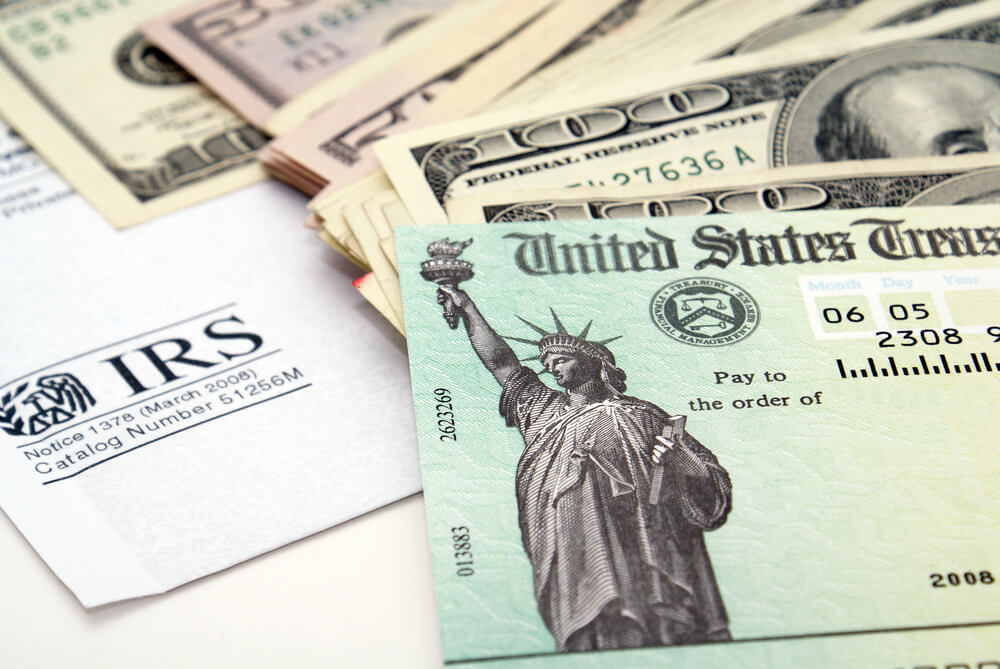You’ve probably heard that IRS will be making millions of “economic impact payments” (also called “recovery rebates”) in the coming months to help people stay afloat during this time of economic uncertainty related to the COVID-19 crisis. Here’s what you need to know about this program.
Amount of payment
IRS will soon begin making payments of up to $1,200 to eligible taxpayers or up to $2,400 to married couples filing joint returns. Parents will get an additional $500 for each dependent child under age 17. Thus, the payment for a married couple with two children under 17 will be $3,400.
Who is eligible
U.S. citizens and residents are eligible for a full payment if their adjusted gross income (AGI) is under $75,000 (singles or marrieds filing separately), $112,500 (heads of household), and $150,000 (joint filers). The individual must not be the dependent of another taxpayer and must have a social security number that authorizes employment in the U.S.
Phaseout based on income
For individuals whose AGI exceeds the above thresholds, the payment amount is phased out at the rate of $5 for each $100 of income. Thus, the payment is completely phased out for single filers with AGI over $99,000 and for joint filers with no children with AGI over $198,000. For a married couple with two children, the payment will be completely phased out if their AGI exceeds $218,000.
How to get a payment
Rebates will be paid out in the form of checks or direct deposits. Most individuals won’t have to take any action to receive a rebate, but some seniors and others who typically do not file returns will need to submit a simple tax return to receive the stimulus payment. Social Security recipients will automatically receive the stimulus payment without having to file a simple tax return.
People who typically don’t file a tax return will need to file a simple tax return to receive the payment. Low-income taxpayers, senior citizens, Social Security recipients, some veterans and individuals with disabilities who are otherwise not required to file a tax return will not owe tax.
IRS will compute the rebate based on a taxpayer’s tax year 2019 return (or tax year 2018, if no 2019 return has yet been filed). If no 2018 return has been filed, IRS will use information for 2019 provided in Form SSA-1099, Social Security Benefit Statement, or Form RRB-1099, Social Security Equivalent Benefit Statement.
IRS urges anyone with a tax fiing obligation who has not yet filed a tax return for 2018 or 2019 to file as soon as they can to receive an economic impact payment. To speed receipt of payment, taxpayers are advised to include direct deposit banking information on the return.
In the coming weeks, Treasury plans to develop a web-based portal for individuals to provide their banking information to the IRS online, so that individuals can receive payments immediately as opposed to checks in the mail. IRS will post all key information on https://www.irs.gov/coronavirus as soon as it becomes available.
Economic impact payments will be available throughout the rest of 2020.
Payments nontaxable
Economic impact payments will not be included in the recipient’s income for tax purposes.
Please let us know if you have any questions about the economic impact payments or any other COVID-19 issues.
© 2020 Thomson Reuters/Tax & Accounting. All Rights Reserved.
This blog is provided by Windward Private Wealth Management Inc. (“Windward” or the “Firm”) for informational purposes only. Investing involves the risk of loss and investors should be prepared to bear potential losses. No portion of this blog is to be construed as a solicitation to buy or sell a security or the provision of personalized investment, tax or legal advice. Certain information contained in the individual blog posts will be derived from sources that Windward believes to be reliable; however, the Firm does not guarantee the accuracy or timeliness of such information and assumes no liability for any resulting damages.
Windward is an SEC registered investment adviser. The Firm may only provide services in those states in which it is notice filed or qualifies for a corresponding exemption from such requirements. For information about Windward’ registration status and business operations, please consult the Firm’s Form ADV disclosure documents, the most recent versions of which are available on the SEC’s Investment Adviser Public Disclosure website at www.adviserinfo.sec.gov.